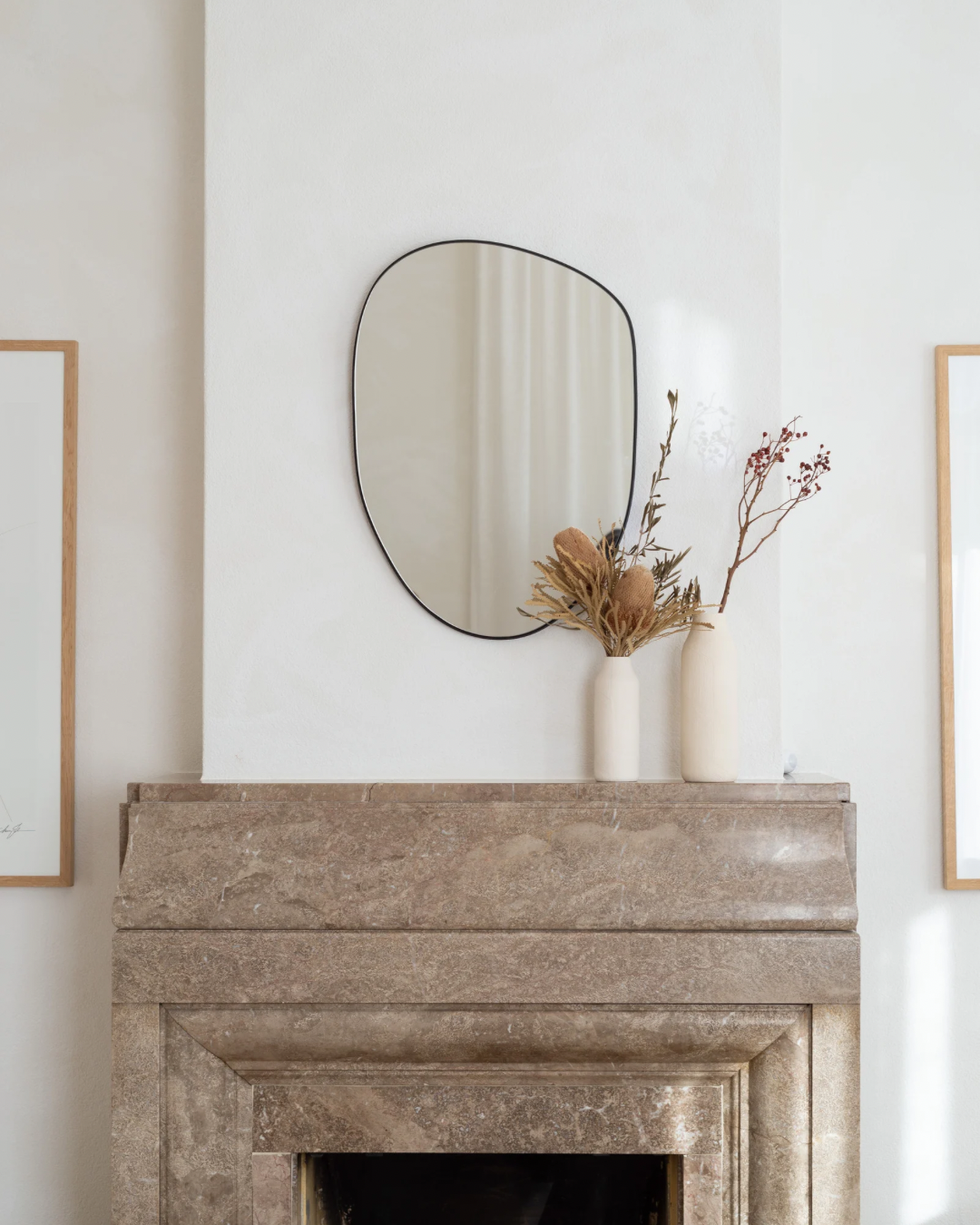Three Simple Tips for Creating Mental Calm Through Physical Space
Feeling like your mind is on overload lately? You’re not the only one. Between constant notifications, decisions, and to-do lists, it’s easy to feel like your brain is stuck in go-mode.
The good news? You don’t need a full home makeover or hours of free time to create some mental clarity. Small changes to your environment can have a big impact on how you feel - and how you function.
To support this idea during Mental Health Awareness Month, I’ve created a free printable checklist that gently guides you through a few daily actions to help you feel more grounded. It focuses on the connection between your mind, body, and space - and it’s designed to feel supportive, not stressful. Look for the downloadable link at the end, or start right here with three quick ways to invite calm into your space.
1. Declutter to Create a Clear Path for Your Thoughts
You’ve heard it before because it’s true: clutter is the enemy of calm. When you’re surrounded by random piles, unfinished projects, or visual noise, your brain has a harder time settling down. It’s like trying to meditate at a rock concert.
Quick Tip: Start small - a single drawer, surface, or corner. Clear it with intention. Let go of what you don’t need, and keep only what supports you.
Why It Works: Less visual clutter = less mental processing. A calmer space creates room for clearer thinking.
2. Create Clear Zones for Different Activities
When every space serves multiple purposes, it’s hard to mentally shift between them. Working in bed, eating at your desk, or folding laundry on the couch makes it tough to transition between tasks or rest.
Quick Tip: Define and declutter your zones - make your workspace feel focused, and your rest space feel peaceful. Add cozy touches where you unwind, and keep distractions out of those areas.
Why It Works: Your brain associates spaces with behaviors. Giving each area a clear role helps you shift gears more easily and feel more at ease.
3. Invite Calming Elements into Your Space
Your environment doesn’t have to be perfect - but it can feel softer. Sensory cues like scent, sound, texture, and light play a big role in how your nervous system responds to your surroundings.
Quick Tip: Light a candle, add a plant, play music, or bring in a favorite scent or soft texture. These little shifts can anchor you in the present moment.
Why It Works: Your senses help regulate your mood. Soothing details send signals of safety and calm, making it easier to relax and reset.
Remember: You don’t need a spotless house or a rigid routine to feel better. Sometimes, it’s the smallest changes - a cleared corner, a glass of water, a quiet pause - that open the door to mental calm.
Looking for a little more support this month?
✨ Download the Mental Health Awareness Month Checklist
It's broken into small, digestible sections to help you gently check in with your space, body, and mind - one tiny shift at a time.







